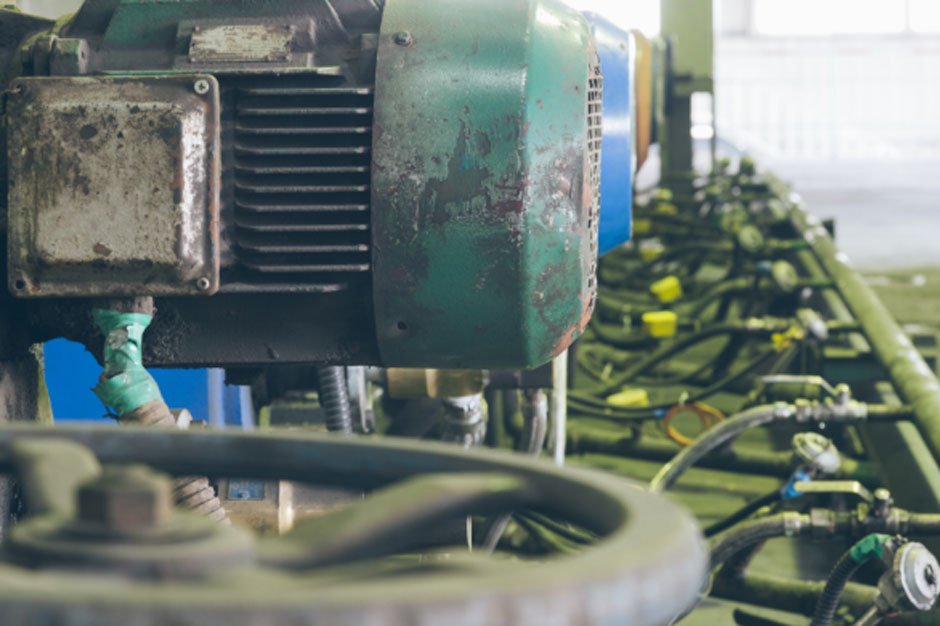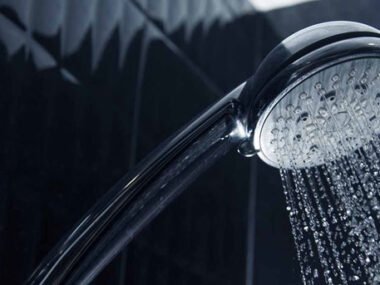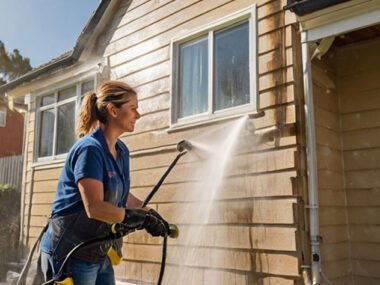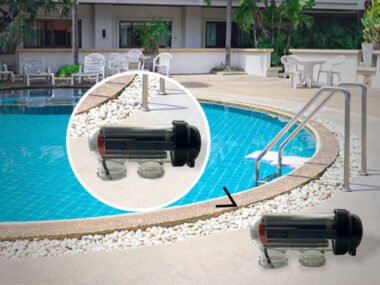For many homeowners, especially those in rural or semi-rural areas, a private well is the backbone of their household water supply. From cooking and bathing to doing laundry and watering the garden, your well pump is working behind the scenes to deliver clean, pressurized water throughout your home.
So, when that vital pump suddenly stops functioning, the effects are immediate—and often stressful. Failing operations of a well pump convey more than a sudden inconvenience.
This tedious process can willfully disrupt your routine chores and further indicate intricate challenges in the water system. Additionally, you may even notice that the water pressure has taken a resounding hit, with faucets unable to accommodate water.
This also exhibits unfamiliar noises coming from the plumbing system. Anything that’s connected to the faulty well pump would eventually be affected and might showcase the discussed issues.
Acknowledging what occurred prior to the well pump stopping is the first step. It’s prudent to understand the causes of this misstep and how a well pump would actually react.
However, introducing an expert to this situation can make a significant difference and prompt intervention in getting the water up and running through the intricate systems underground.
Let’s get started.
Causes Of Well Pump Failure
If you’re wondering what to do when the well pump stops working, a few things may have contributed to its failure. Homeowners can perform a rapid diagnosis to establish the core cause of a well pump problem. However, we urge that you contact a professional to resolve the issue.
1.Equipment Failure
The most typical reason for well pump failure is an issue with the equipment. A well pump system contains numerous operating parts that can cause a pump to stop working, and the failure of one part can cause the entire system to collapse.
A modern drilled well system must have a submersible pump, a check valve (with an additional valve every 100 feet), a pitless adaptor, a well cap, electrical wiring (including a control box and pressure switch), and an interior water supply system. There are more fittings and cut-off switches for system protection, but these are the fundamentals.
2.Aquifer Depletion and Groundwater Problems
If you have running water first thing in the morning, lose it occasionally throughout the day, and then find it again when you get home from work, this could be a symptom of aquifer depletion. To operate successfully, the well pump system’s recharge rate must at least match the pump rate.
Water availability varies year to year, but if your well is drilled deep enough, you should not experience water loss. A typical well drilled must be at least 200 feet deep to reach the aquifer’s bedrock. If the well were only drilled until it reached water, the aquifer would provide a less stable water supply.
3.Well Pump Wear and Tear
A submersible pump built under ideal conditions should last up to 15 years. However, depending on the well’s structure, a pump may fail considerably sooner.
Wells made entirely with PVC pipe, as opposed to steel casing containing PVC, have a higher risk of failure, particularly in Florida. PVC pipe is susceptible to breaks and cracks, and because it is not encased in steel, it degrades quickly in the surrounding soil.

If the water in your location has a lot of sediment (sand, minerals, etc.), the well pump will wear out faster.
Any impact on the well, such as a car or truck hitting it or a chunk of gravel falling into it, might cause your well pump to fail prematurely, resulting in a loss of water pressure or perhaps the supply. Hence, regular preventative maintenance is crucial to guarantee that these issues do not occur unexpectedly.
What Happens When The Well Pump Stops Working
1.Fluctuations in Water Pressure
Water pressure fluctuations are a common symptom of a failed well pump. Water pressure issues can be caused by a variety of factors, including hard water scaling inside your pipes, bacterial growth, low water levels at the well, or a pressure tank issue.
Bacteria frequently clog the pipes that lead to the pressure switch, causing oscillations in water pressure and, finally, little or no water flow. A malfunctioning motor may also produce pressure changes. To restore balanced water pressure, clean your well pump and screen, removing all germs and other accumulations.
2.Strange Noises From The Tank
A well pump that makes odd noises, such as fast clicking, indicates a problem with your pressure tank. Each pressure tank contains an air-filled bladder, and when this bladder leaks, your well pump repeatedly starts and stops.
This stresses the well pump’s motor, causing it to make strange noises and shortening the pump’s life. Unusual noises coming from your well pump are an indication that the pump is failing.
3.Faucets Spit While The Water Is Running
When it comes to faulty well pumps, it might cause your faucets to spit as water comes through them. A leaking pressure tank bladder and fractured pipes might result in air pockets in your flowing water, causing it to “spit” intermittently.
Spitting water indicates that something in your well pump isn’t working adequately, and if left unchecked, it could lead to even worse problems later on.
4.Discolored & Bad-Tasting Water
A faulty well pump cannot filter out silt or other sediments before pumping the water to the surface. This causes your water to seem hazy or muddy and produces very bad-tasting water. Friction from sand, silt, and other particles wears out your well pump quickly over time.
When your pump fails to filter effectively, pollutants such as decomposing organic waste, bacteria, and dirt might stay in the water. These toxins have an unpleasant taste and can be harmful to humans and animals who drink contaminated water.
5.Higher Than Average Electricity Bill
Nearly all of the well pump difficulties outlined above reduce the efficiency of your home’s water system, increasing your monthly electric expense. If your monthly electric bill is gradually increasing and you haven’t adjusted your power usage, inspect your well pump.
A clogged pump, a faulty pressure switch, and a low water level can all result in increased power consumption to provide the necessary amount of water for your home.
Final Thoughts
When your well pump stops working, it’s not just a problem; it’s a serious issue that needs to be addressed immediately. It could be tempting to try to fix things yourself, but such systems are complicated and often require prior knowledge to identify the issue and make repairs.
If you ignore the indicators of a broken pump or try to fix it quickly without knowing what’s wrong, you could cause more damage, have more extended water outages, and incur higher costs for repairs later.
As a consequence, it’s vital to work with professionals you can trust. A crew with experience knows all the ins and outs of well systems, from changing pumps and fixing pressure tanks to diagnosing electrical problems and making sure the water is clean.
Ultimately, a broken well pump doesn’t have to bring panic or a protracted period of pain.










